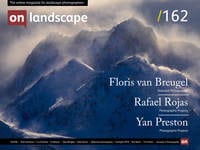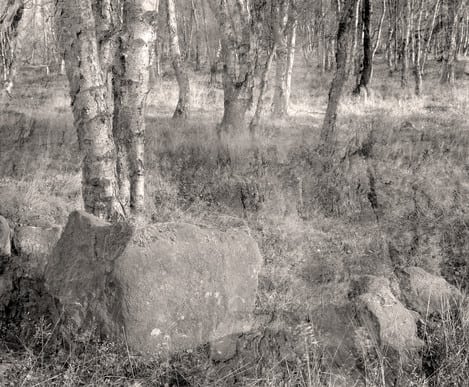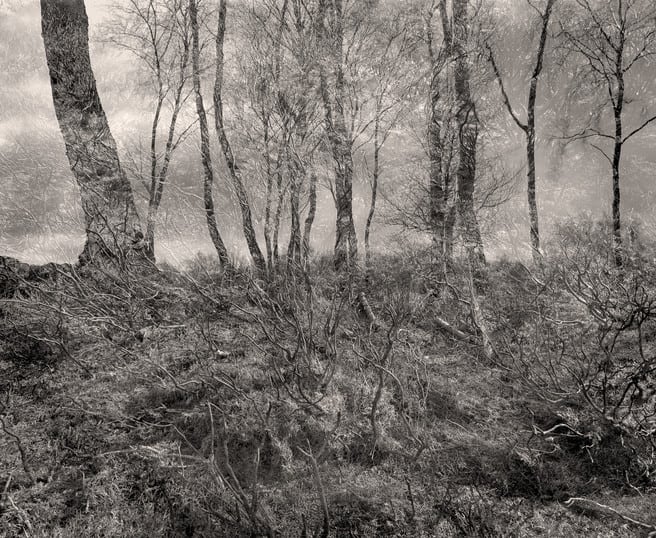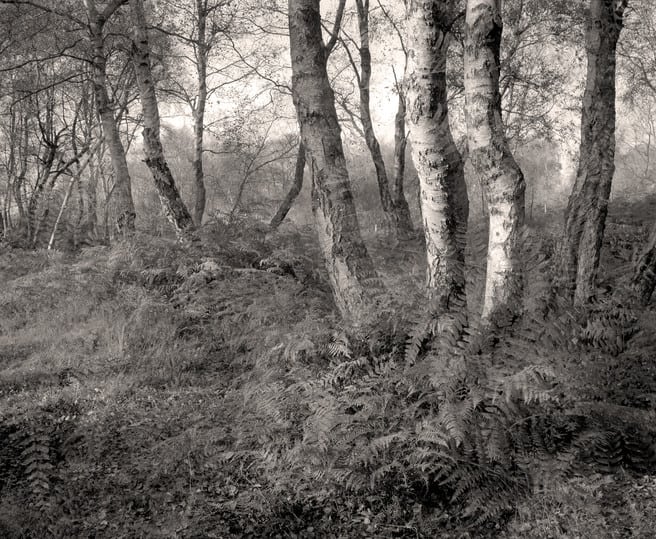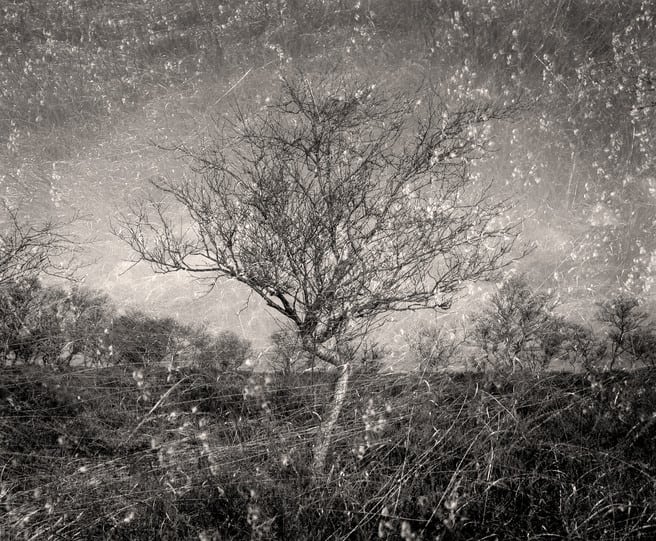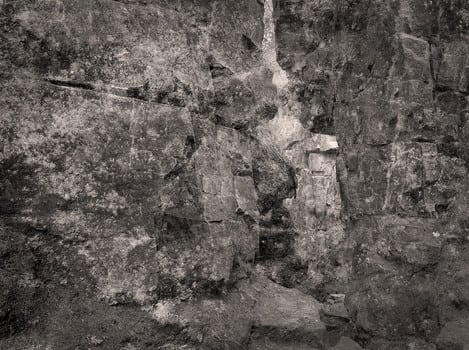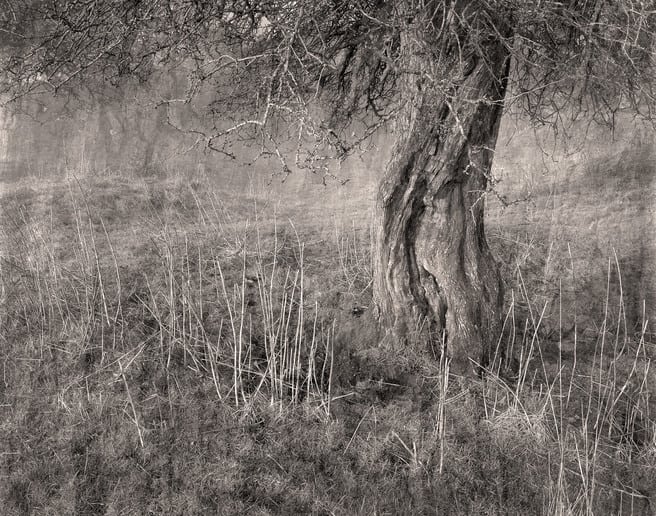A way of working

Rick Barks
Rick barks was born in Staffordshire in 1964 and moved to Derbyshire in 1969. After leaving school at sixteen he worked as an engineering apprentice for a large nationalised industry in Derby. However, he soon developed a keen interest in music and spent most of his spare time travelling up and down the country playing live music with a group of friends.
Rick returned to England to study photography, and after completing an HND at Bournemouth and Poole College of Art and Design he worked for a range of clients from small academic publishers through to large Japanese design agencies.
He has spent the last fifteen years teaching photography in a number of colleges from Burton to Brighton, and is now a Senior Lecturer in Photography at Staffordshire University.
Critics of landscape photography, and there are many, argue that it romantically pedals a dangerous myth that the natural environment is an unspoilt, Garden of Eden and that it adheres to outdated philosophical and aesthetic models such as The Sublime and The Picturesque. Undoubtedly this can indeed be found in some ways of working, but it is a gross simplification to assume that all landscape work is rooted in these traditions.
In 1966 John Szarkowski Director of Photography at the Museum of Modern Art in New York, made a significant contribution to the critical discussion of photography in general, with the publication of the book entitled The Photographers Eye.
Writing at a time when the medium was still struggling to be taken seriously within the art world, Szarkowski hoped that the book would “…contribute to the formulation of a vocabulary and a critical perspective more fully responsive to the unique phenomena of photography”.
Having recently visited the Andreas Gursky retrospective exhibition at the Hayward Gallery, in London, it occurred to me that viewers could be left with no doubt whatsoever that photography as a medium has come a very long way indeed since the publication of Szarkowski’s book. In addition, anyone that scratches the surface of contemporary photographic criticism in an attempt to learn more about this fascinating medium could be forgiven for thinking that perhaps less ‘vocabulary’ might now be something of an issue.
In The Photographers Eye, Szarkowski outlines what are for him, five key characteristics of photography, that mark it out as being unique among media; these are The Thing Itself, The Detail, The Frame, Time and Vantage Point. Clearly all of these key characteristics are worthy of much consideration, however, it is perhaps The Thing Itself that might be of particular interest to the landscape photographer.
This, of course, can be said of all photography – as we need ‘things’ to photograph, whereas musicians and painters can conjure up images and evocations of both places and events without the need to travel any further than their studios. This is, thankfully, beyond photography, and is, therefore, a defining aspect of this fascinating and often frustrating medium of ours; in short, we need to get out!
The term landscape photography is broad, and once we begin to explore it, we find there are many different approaches:
For many, the aim is the description. Indeed, the camera has multiple functions in our everyday lives that go far beyond the boundaries of art, from NASA satellites to police speed cameras, from what we buy and sell online to our passports and family albums etc. All of these things testify to photography’s unsurpassed and extremely accurate ability to describe the world. The often favoured large format film camera provides detail (another of Szarkowski’s key characteristics) in abundance, as does any decent RAW file, and this technical clarity of vision for many never fails to fascinate.
However, while it is true to say that for some photographers it is enough to produce a clear and accurate description of a place visited, and to enjoy developing the associated technical skills in order to achieve this, I believe that for most landscape photographers, description is not the only aim. I suspect that the majority of landscape photographers attempt to communicate something of the subjective, lived experience, or encounter with a place.
With my own work, I am less concerned with description. My current projects LOCUS and Elsewhere form an ongoing exploration of both the solitude and sense of intoxication experienced when time is spent alone in a rural environment. All of the images use multiple exposure to sidestep what I call the blunt instrument of description, to create a more complex, visual experience that evokes the curious and visceral sensation of being alone. Perhaps the word synergy opens up a way of articulating this idea:
Synergy: The interaction or cooperation of two or more organisations, substances, or other agents [exposures] to produce a combined effect greater than the sum of their separate effects.
There are two separate lives to a photographic image, the time that the exposure is made, and the time that the print is made. Both are vital, yet very different. For me, as described above, the former can be an overwhelmingly sensual and intoxicating experience. The land (and the necessary camera equipment) can be physically demanding; My blood rushes a little quicker; I look and listen keenly to everything around me; I smell the land changing through the seasons. I find myself totally absorbed in the moment, often losing track of time completely. Analogue, rather than digital helps here because there is no screen on the back of the camera to immediately review an image once it has been made, allowing me to remain in the present, and sustain what are often intense experiential encounters with the land.
The process of reviewing images that have been made in this way is a completely different thing altogether. Using film to create multiple exposures produces images that don’t exist in the ‘real world’. The technique often generates very busy and complex images that have a large element of chance: one exposure sutures with another, highlights filling in shadows, obscuring details, colliding to create new places. What I look for when reviewing the images is for something that resonates with or evokes something of the sense of ‘being there’, of being alone for a long time, quiet, and utterly lost in thought.
Whichever type of landscape photography you favour, understanding what you like about the medium and the process and what it can achieve will enhance your understanding and your pictures and appreciating that there is more than one way to approach landscape can only add to our understanding and appreciation of this genre.

